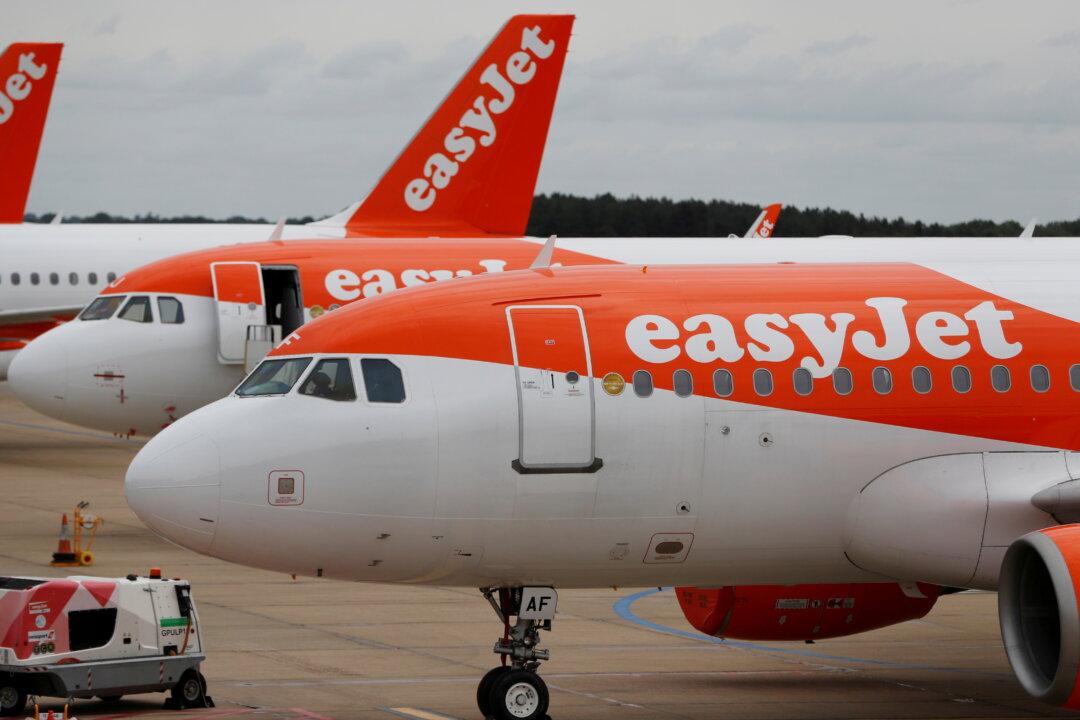LONDON—EasyJet plans to fly 60 percent of its pre-pandemic capacity in July-September as a travel recovery takes hold in mainland Europe, and Britain is expected to catch-up in the coming weeks.
The British airline said it was confident on demand for the summer and autumn, issuing its most buoyant update since the start of the pandemic almost a year and a half ago, and allowing it to lift capacity from just 17 percent of 2019 levels in March-June.





